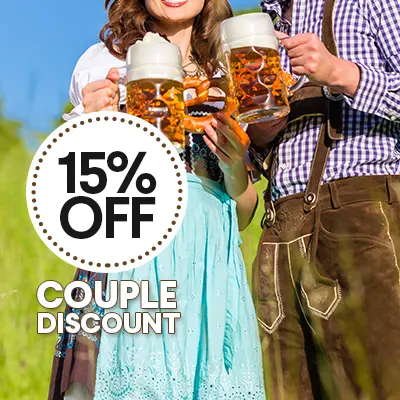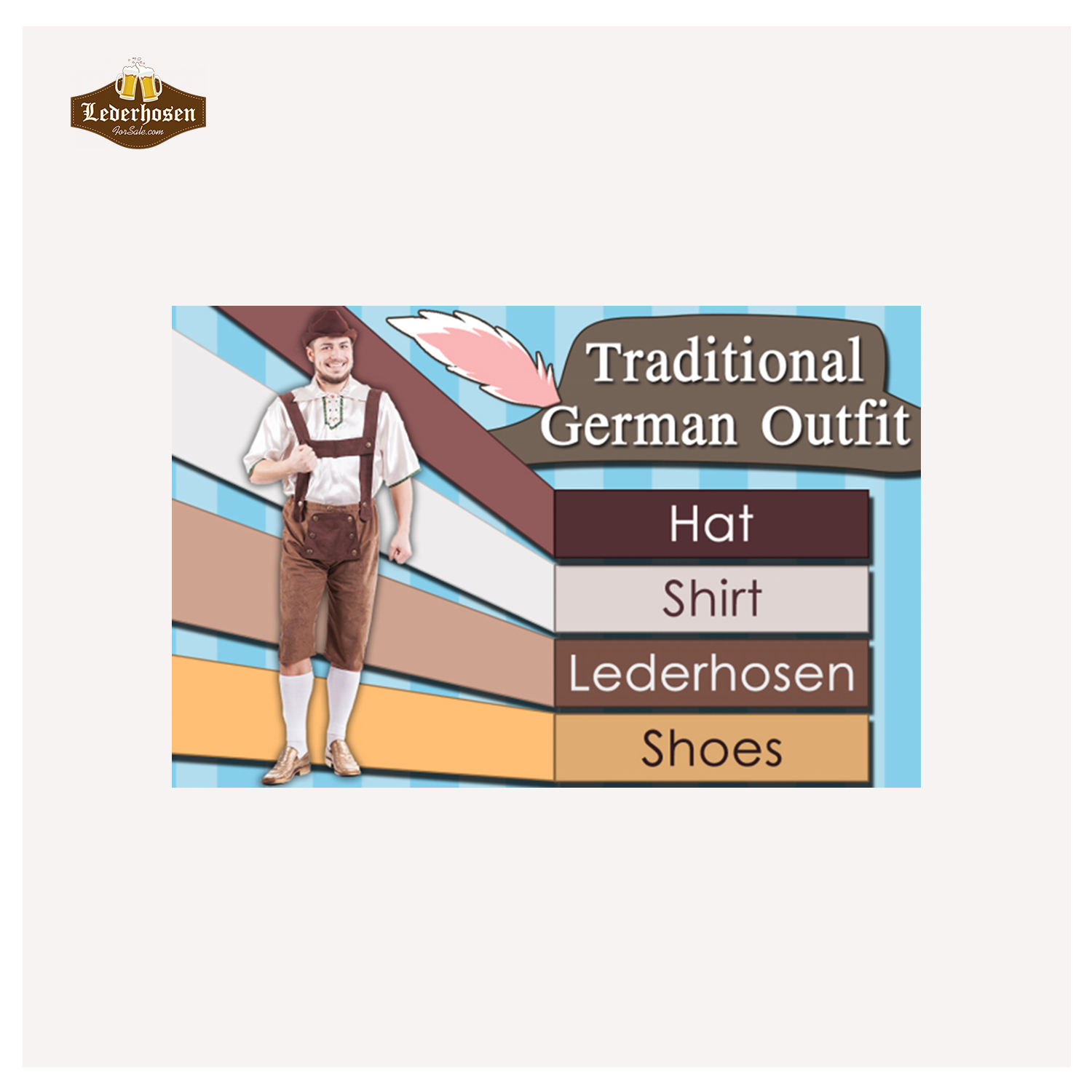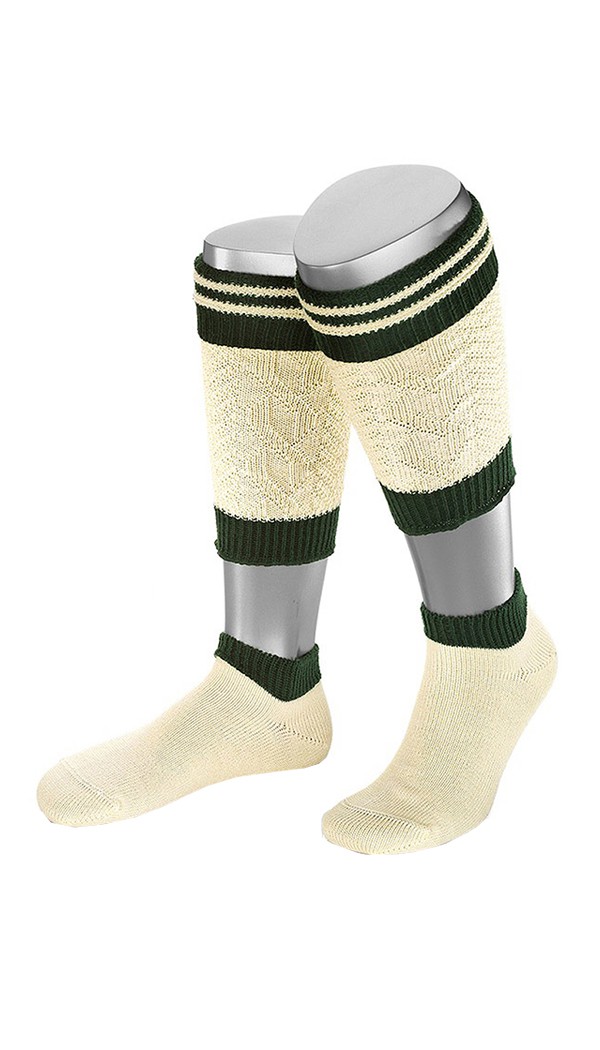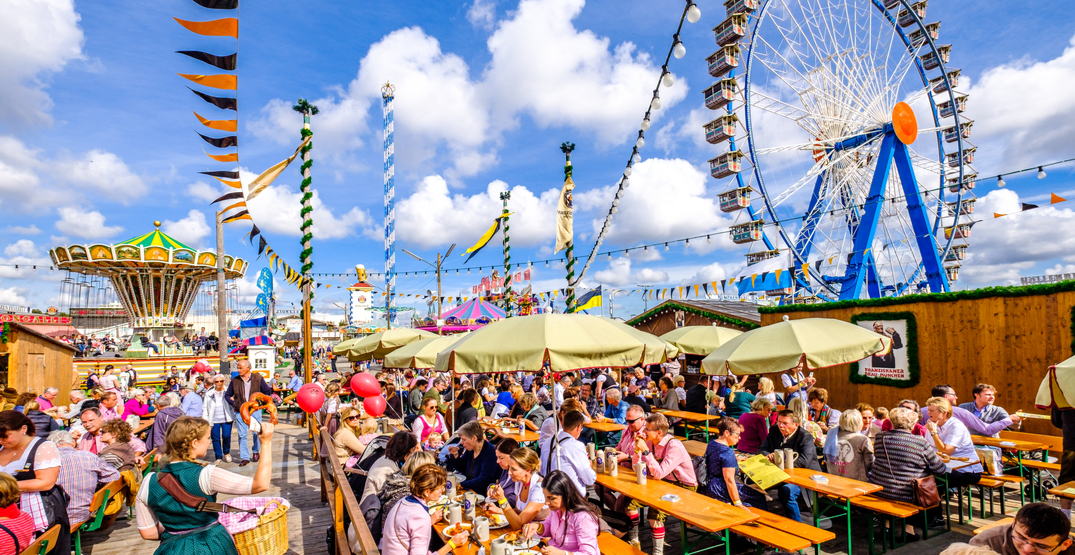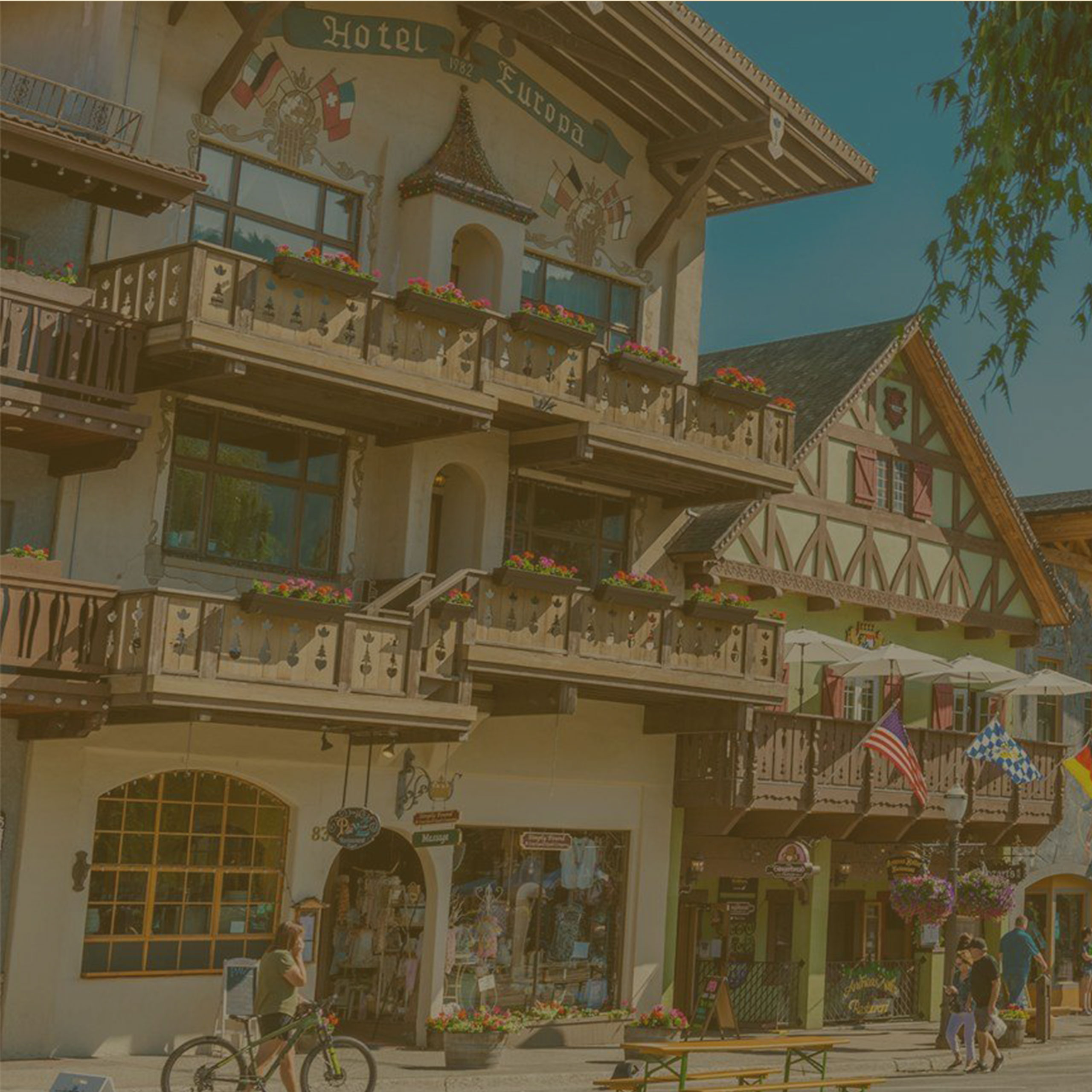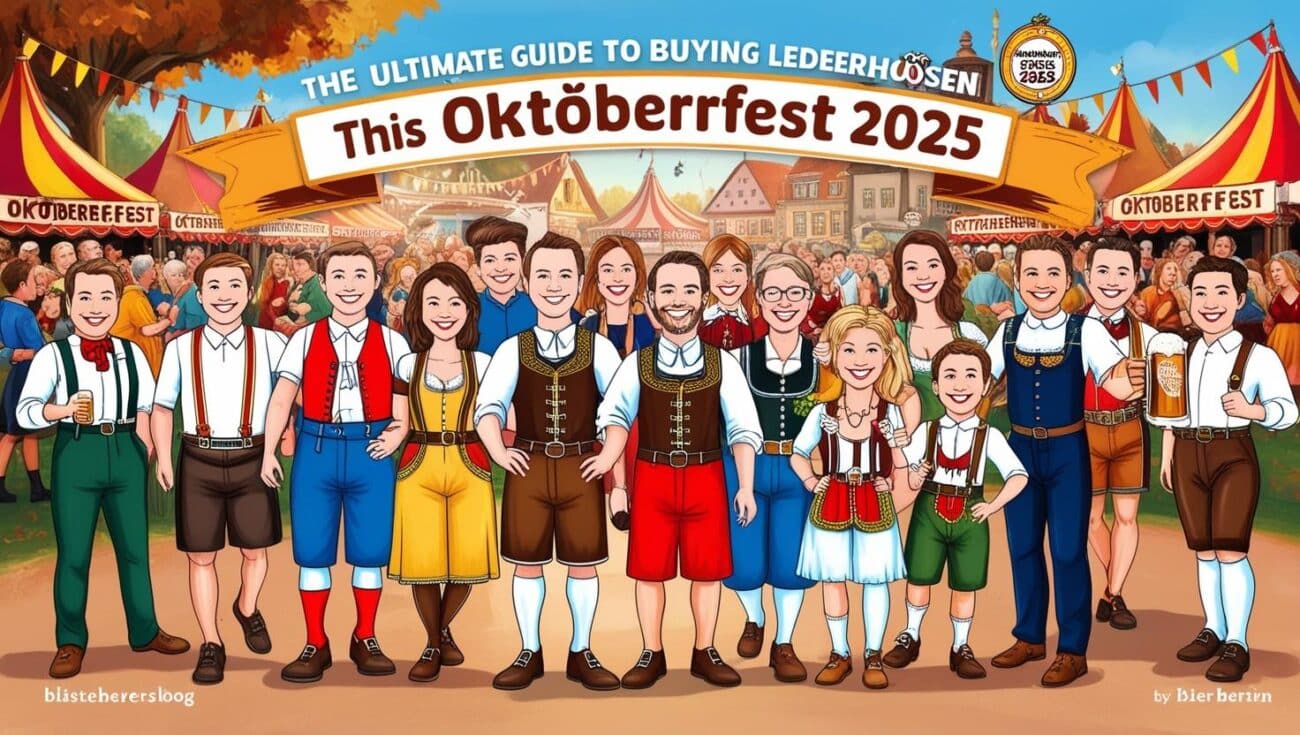As the world’s largest beer festival draws near, it is time to prepare your German dirndl dress. Soon, the Munich air will be filled with the aroma of freshly baked pretzels, and the finest beer in all of Germany will grace the tables at this year’s Oktoberfest. Donning a traditional Bavarian outfit dating back to the 18th century is a unique experience you will not want to miss.
But there is more to the dirndl dress than meets the eye! The true purpose of the dirndl dress is to celebrate the culture and customs of the region where Oktoberfest originated. To strike the right balance between appropriateness and style, it is essential to be aware of some unofficial do’s and don’ts. Let us delve into the top four ways your dirndl dress can send unintended signals.
Table of Contents
The Apron Bow Placement: Dirndl dress
The placement of the apron bow holds significant meaning. Women tie the apron over the skirt and position the bow on the left, right, or centre, conveying their relationship status. Here is what you need to remember:
- Left Knot: A knot on the left indicates you are single and open to a relationship.
- Right Knot: A knot on the right signifies you are in a committed relationship, engaged, or unavailable.
- Centre Knot: A knot in the centre suggests you are a virgin.
- Back and Centre Knot: A knot tied at the back and centre implies you are a widow or a waiter.
Choose your apron knot placement wisely, as you would not want to send mixed signals while enjoying Oktoberfest.
The Colour Scheme: Make a Statement, But Avoid These
While you have a wide range of colours to choose from for your dirndl dress, there are a few combinations to steer clear of:
- Plain Black and White: This combination is commonly worn by tavern servers in Bavaria. Avoid it to prevent being mistaken for a waiter, and why settle for plain when you can embrace the festival’s vibrancy?
- Neon Colours: Shocking neon hues are frowned upon by locals and have never been popular in Bavaria. Keep your dirndl dress stylish without going overboard.
The Skirt Length: Keep It Modest
Though the dirndl dress exudes sensuality and allure, moderation is key. Traditionally, dirndl dresses have been ankle-length. However, over time, they have become shorter, typically reaching just below the knee, known as the midi dirndl dress. Going any shorter than this not only disrespects the original attire but can also lead to unintentional exposure. Stay classy at Oktoberfest.
The Shoe Selection: Stay in Tune with Tradition
The final piece of your ensemble is your choice of shoes. You have several options to pair with your dirndl dress, including classic or vintage heels, high heels, and even tennis shoes. However, avoid flip flops and trainers if you want to blend in with the Oktoberfest ambiance. The dirndl has a formal aura, and wearing ultra-casual shoes under it might not sit well with the locals.
Now that you are well-informed on how to avoid the pitfalls of dirndl dress choices, it is time to assemble your perfect outfit. At the Lederhosen Store, you will find a wide array of styles, sizes, prints, patterns, and colours. Whether you prefer a traditional look with our Vintage Traditional Dirndl Dress or something more contemporary like the Midi Checkered Dirndl, rest assured we offer the best options at competitive prices. Embrace the spirit of Oktoberfest with your unique dirndl dress and enjoy the festivities to the fullest!


